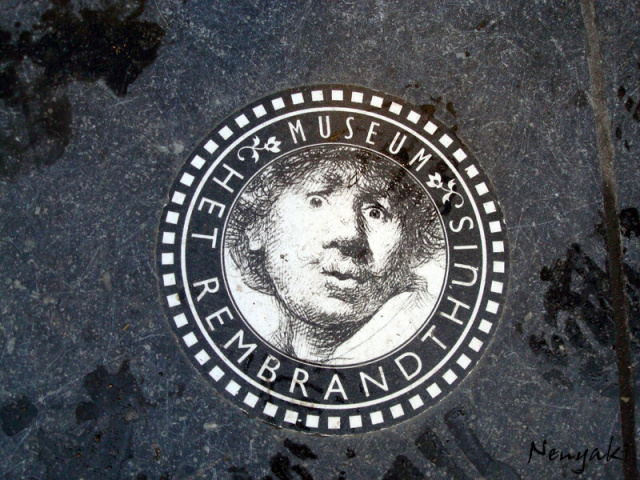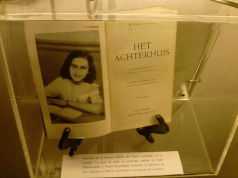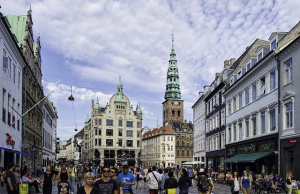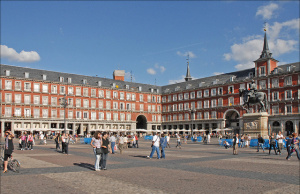The 17th century Dutch artist Rembrandt Harmenszoon van Rijn is generally considered one of the greatest painters and printmakers of his time, and perhaps the most important in Dutch history.
Upon a visit to Amsterdam, we had the unique opportunity of visiting the Rembrandt House Museum, the historic house and art museum where Rembrandt lived and worked between 1639 and 1656.
Throughout his lifetime, Rembrandt produced approximately 300 paintings, 300 etchings and 2,000 drawings, many of which are available for public viewing at various prestigious museums worldwide. He considered himself mostly a history and portrait painter, but as well, sought to be a master of all styles. Some of his most famous works include Nightwatch and The Jewish Bride, which are both on display at the Rijksmuseum in Amsterdam.
Rembrandt was born to a modest family in the town of Leiden, The Dutch Republic (today the Netherlands) on July 15, 1606. From a young age, Rembrandt showed great talent as a portrait painter. Though he attended Latin school, he showed far more interest in painting and became an apprentice to already successful painters both in Leiden and then Amsterdam. Because he was so quick to master the skills, he opened his own studio with his friend and colleague Jan Lievens (Dutch painter) and began teaching students, even though he was just 22 at the time.
Shortly after moving to Amsterdam, Rembrandt married the cousin of a successful art dealer, Saskia van Uylenburgh. Together, in 1635, they moved to a newly built home in the upscale Jewish quarter that was in the midst of becoming an upcoming neighborhood (today the Rembrandt House Museum).
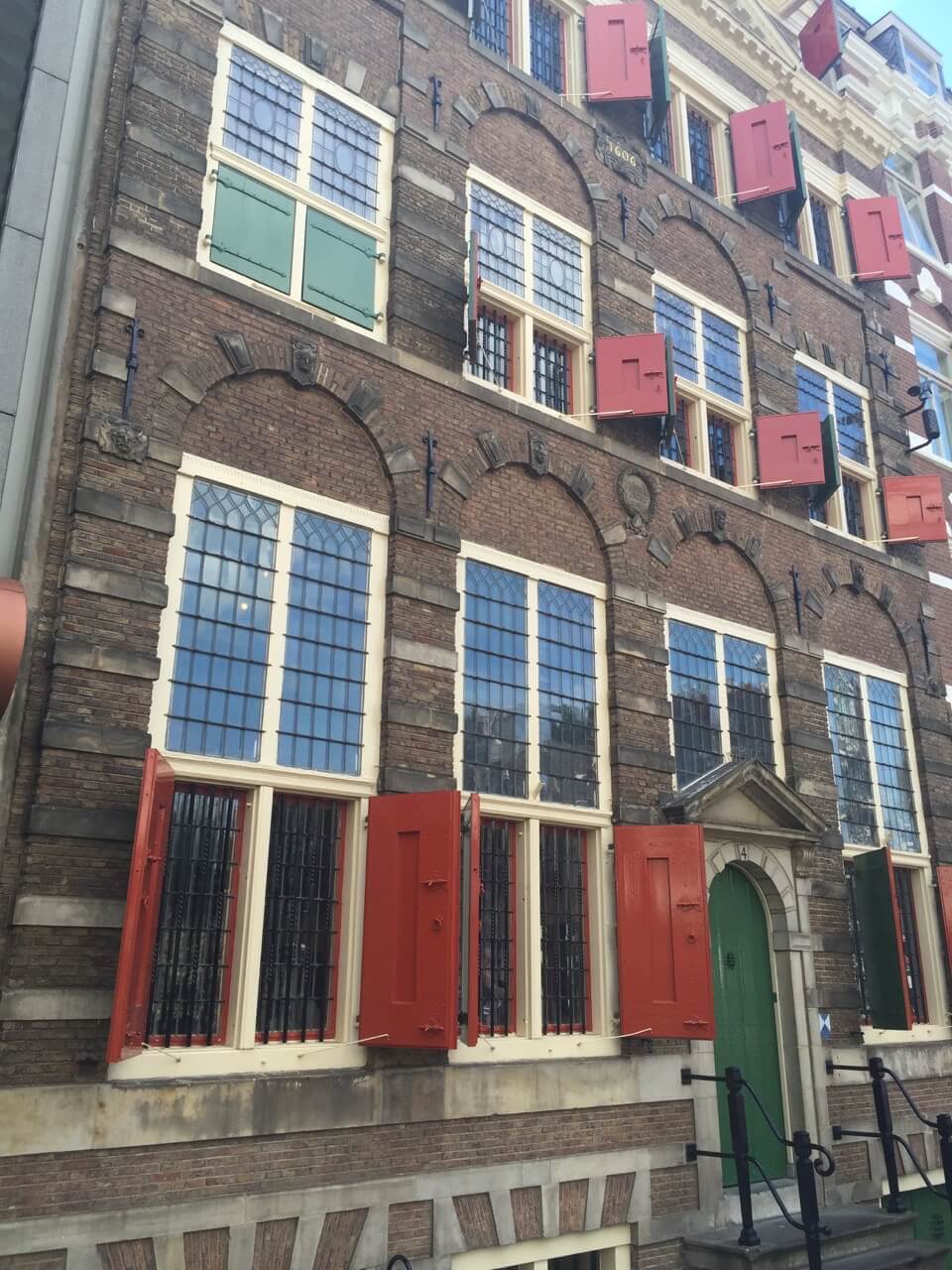
Often, Rembrandt asked his Jewish neighbors to model for his Old Testament scenes. Though Rembrandt was a very well respected and successful artist at the time, he spent great deals of income on other artist’s work or unsuccessful investments. He lost the home due to financial difficulties, and sold most of his items, including his printing press he used to make his world-famous etchings.
Today, Rembrandt’s House has been reconstructed to give visitors the impression of what the 17th century house looked liked during Rembrandt’s residency there. It includes furniture that are mostly not original, as Rembrandt had to sell most of his belongings because of his debts, but comparable to those he may have had.
There is also a great deal of art throughout the house, some by Rembrandt, but mostly be other artists, illustrating Rembrandt’s use of the house for art dealing. Also, his printmaking studio has been set up with a printing press, giving visitors an insight view of how Rembrandt created some of his most famous works.
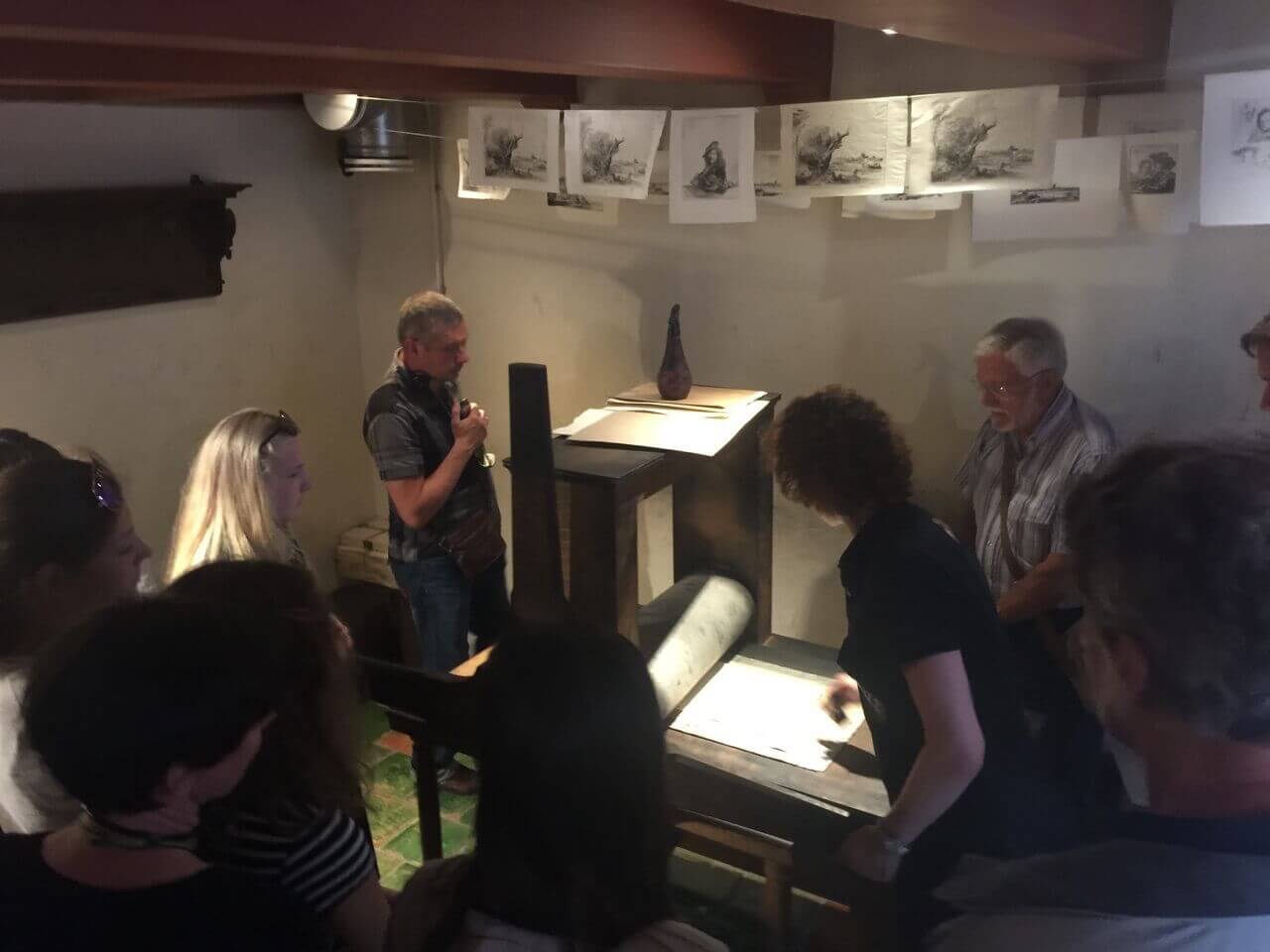
As the museum is not just about the art, but also the house itself, it was a very interactive experience. They offered free audio guides, which told you a great deal about each room you visited, starting from the kitchen on the lowest floor all the way to the small pupil studio on the top floor. In Rembrandt’s main studio, for example, there is a paint making tutorial, which shows the visitors how he made the paint himself. Also, they offer free art classes daily in the pupils studio, where visitors can learn to channel their inner master.
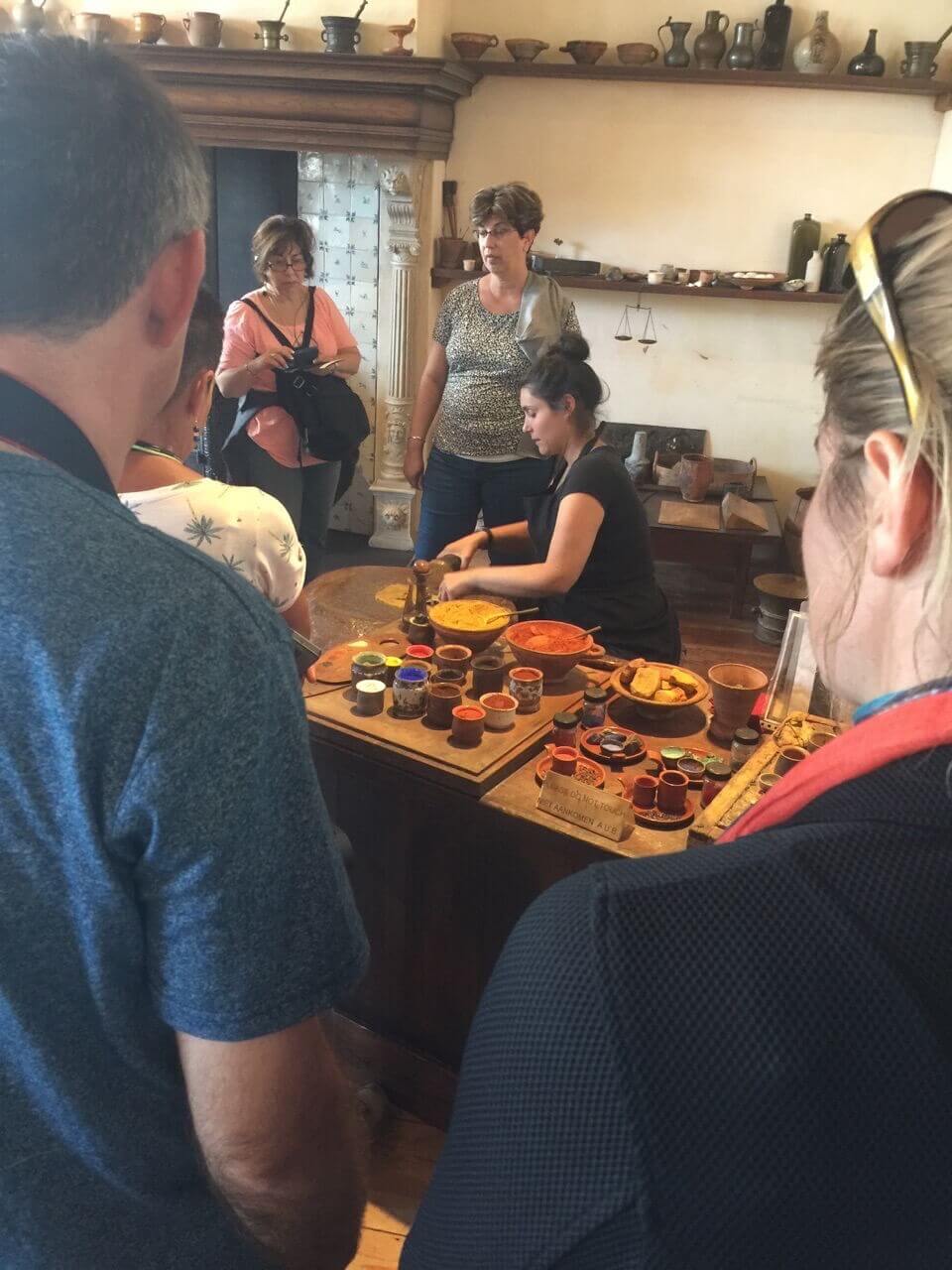
Overall, it was a great experience, and I would highly recommend visiting, even if museums aren’t your favorite activity. It costs 12,50 euro for adults and 10,00 euro for students to enter. The Museum is also very centrally located and offers a great insight into one of the most famous masters of all time.
[The Rembrandt House], [Rijksmuseum], [Wikipedia]
Featured image from Nenyaki via Flickr.


